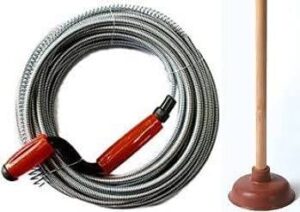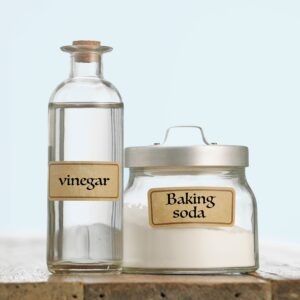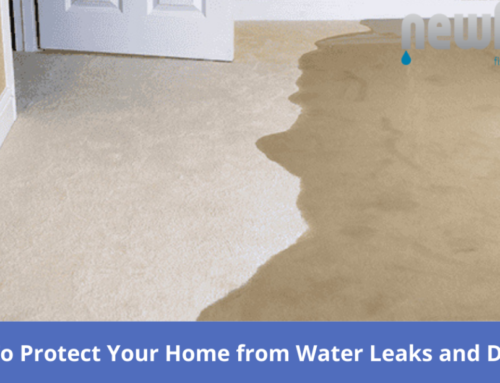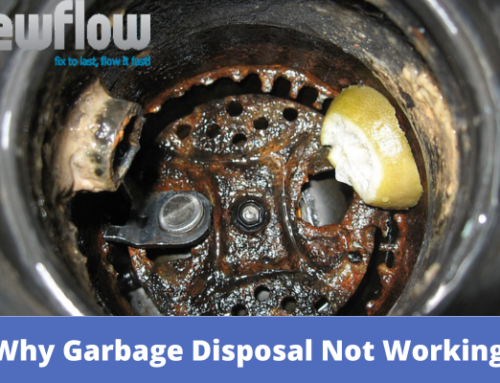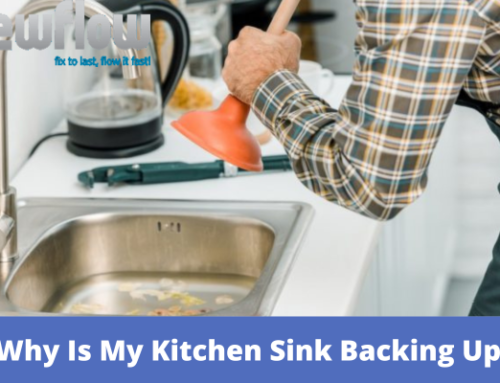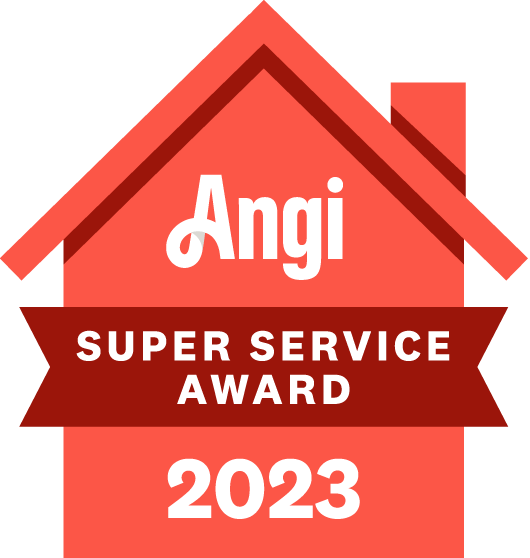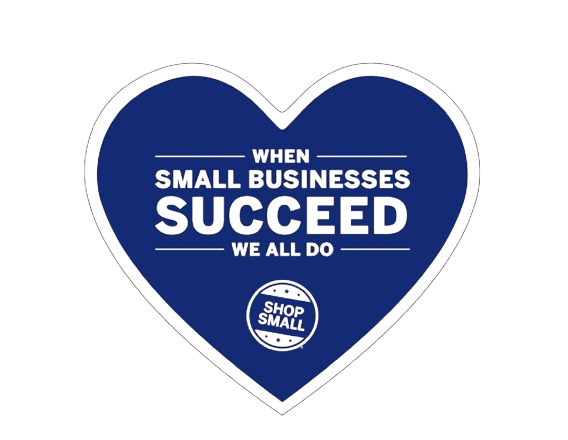Everyone has dealt with a clogged drain. You’ll eventually encounter a clog that either makes your pipes drain slowly or stops the flow of water, resulting in undesirable backups.
What if you could clear a clogged drain using supplies already in your kitchen sink cabinets? Without harsh chemicals, kitchen sinks can often be repaired with everyday household items.
Why Pick An Eco-Friendly Drain Unclogging Approach?
Drain cleaners that contain chemicals end up in the nearby waterways after being flushed into the sewer system. These substances may harm the habitats of plants and animals, and the offspring may develop genetic mutations. The chemicals can kill sensitive animals right away. Many chemical drain cleaners contain lye and sulfuric acid, which emit dangerous fumes.
Here are a few environmentally friendly ways to clear a clogged drain using items you probably already have in your house or kitchen sink cabinets.
Snake And Plunger
Using a plunger is one of the go-to techniques for unclogging a clog. They’re pretty good at clearing out minor clogs, and you probably have one in a closet or utility room. However, you should always ensure your home has two plungers: one for the toilets and one for the sinks. It will stop the area where you wash your dishes from becoming contaminated with bacteria from your toilet. As the typical toilet plunger may be challenging, plungers are also made specifically for sinks. Plungers for sinks can be kept underneath your sink and are maneuverable in small spaces.
If plunging doesn’t work, you can try snaking the drain with a wire hanger that has been straightened. Push the hanger into the drain to dislodge the blockage before repeating the process.
Baking Soda And Vinegar
White vinegar is an acid, and baking soda is a base. Combined, these products produce a chemical reaction: bubbles press down, and clogs often dissolve.
Remove any debris from the drain opening and dry the drain opening and the area around it before using baking soda and vinegar to unclog the drain. Pour ½ cup white vinegar and ¾ cup dry baking soda down the drain. As soon as possible, block the drain thoroughly with a rag or rubber plug and leave it alone for 30 minutes. Get the water boiling while you wait. Pour the boiling water carefully down the drain after removing the plug. If you don’t plug the hole tightly, the result could be a bubbly mess.
Dish Soap And Water
Pour a large amount of dish soap down the drain and a pot or kettle full of boiling water to dissolve the clog. The hot water will help wash away the grease-fighting properties of dish soap. This process may need to be repeated. By performing this once a week, you can keep your drains clear and help prevent clogs.
Protect Yourself!
Even though these environmentally friendly cleaning techniques are much safer than chemical cleaners, you should still take precautions. When handling boiling water, always use oven mitts or pot holders in addition to rubber gloves to protect your hands. To prevent potential issues, keep your face back as you pour the water. Steam from boiling water can burn your skin.
If your drains are still clogged, it’s time to call New Flow Plumbing to unclog your drain. What seems to be a small clog could be something much worse. Call us right away at (916) 776-5483 to get a clean, trouble-free drain!


